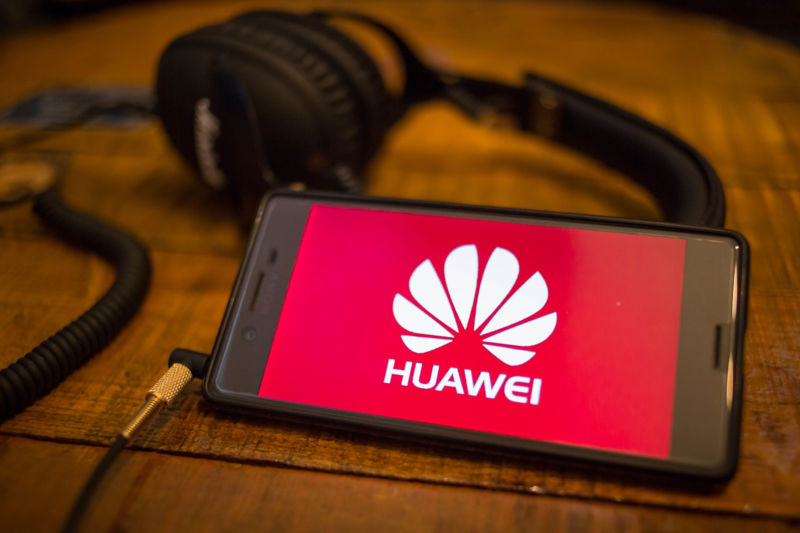

reader comments
333 with 168 posters participating
It looks like Huawei is not just being shunned by the US, but now, the world! According to a report from the BBC, ARM has told its employees the US export ban means it can no longer work with Huawei, dealing a crippling blow to Huawei’s SoC division, HiSilicon, and to Huawei’s ability to create smartphone chips in the future.
ARM is the latest partner to shun Huawei, so how will it design chips?
View more stories
ARM’s interpretation of the US export ban comes as a surprise, as the company is not based in the US. ARM’s headquarters are in Cambridge, UK (hence the BBC scoop), and it was bought by Japan’s Softbank in 2016. Everyone in the tech industry is still discovering how broadly Trump’s executive order will be interpreted, and ARM believes it is affected due to its designs containing “US origin technology.” ARM has more than 40 offices around the world, including eight in the US.
ARM doesn’t manufacture smartphone chips but instead licenses its intellectual property to other vendors. The ARM CPU architecture is the dominant instruction set in smartphones and embedded computers, and it’s a rival to Intel’s x86 architecture mainly seen in PCs and servers. Qualcomm, MediaTek, Apple, Samsung, and Huawei are all ARM architecture licensees and, as a consequence, nearly every smartphone on the market uses an ARM-based CPU. Besides the basic architecture, ARM also licenses out “Cortex” CPU designs and “Mali” GPU designs, which are often used by these licensees as a basis for their own SoCs.
One of Huawei’s strengths, and the main thing seen as its ability to possibly weather the US export ban, is its “HiSilicon” chip design division, which makes “Kirin” SoCs (all based on ARM designs) and other chips for its smartphones. The BBC says Huawei will still be able to produce existing SoCs that use ARM designs, but it will not be able to make new chips in the future. Luckily for Huawei, a source tells the BBC HiSilicon’s next big Kirin chip, the Kirin 985, is far enough along that it should not be affected by the ban.
In a company-wide memo seen by the BBC, ARM instructs its employees to end “all active contracts, support entitlements, and any pending engagements” with Huawei. ARM told employees it can no longer “provide support, delivery technology (whether software, code, or other updates), engage in technical discussions, or otherwise discuss technical matters with Huawei, HiSilicon, or any of the other named entities.” If any ARM employees see Huawei employees at a trade show or other event, ARM employees must “politely decline and stop” any conversations about ARM’s business.
If Huawei finds itself unable to make new SoCs in the future, there aren’t many options for smartphone chips. Obviously US-based Qualcomm would not be willing to sell Huawei chips, but Samsung (South Korea) and MediaTek (Taiwan) could be looked at as possibilities. Again, the interpretation of the US export ban’s scope is something that changes by the day, and individual legal teams from each company need to huddle up and figure out how to comply with the law.
Huawei gave a statement to the BBC, saying, “We value our close relationships with our partners, but recognize the pressure some of them are under, as a result of politically motivated decisions. We are confident this regrettable situation can be resolved and our priority remains to continue to deliver world-class technology and products to our customers around the world.”
Until this latest announcement from ARM, Huawei had been touting its ability to remain independent from US chip manufacturers and had limited US chip usage in its own devices. WIth ARM walking away, now things are looking pretty bleak.
Today in Huawei
The fallout from Huawei’s legal situation is causing an incredible flood of news, and to stop the home page from filling up with Huawei stories, here’s what else is going on in the wild world of Huawei.
- Reuters reports that Britain’s biggest mobile carrier, EE, would be “pausing” its use of Huawei devices until the company’s future becomes more clear. Huawei will be left out of EE’s big 5G launch.
- Another Reuters report says that uncertainty around Huawei phone support has caused many customers to try to sell their devices and that some phone retailers in Asia have started refusing to accept Huawei devices for trade-ins. Mobile phone dealers worry that Huawei devices will become “useless” if Google’s support and services stop working.
- Huawei started building Windows laptops in 2016, but that seems to be in jeopardy as Microsoft Windows and Intel CPUs are surely affected by the export ban. Microsoft has removed Huawei laptops from its website, so it would not be surprising to hear a formal announcement soon.
- After Huawei, the next in the Trump administration’s crosshairs might be Chinese video-surveillance firms, including Hikvision, according to a report from Bloomberg. If you are suspicious of Chinese espionage, firms that record tons of video and create facial recognition software are a logical next target. This is still being mulled over, though.


